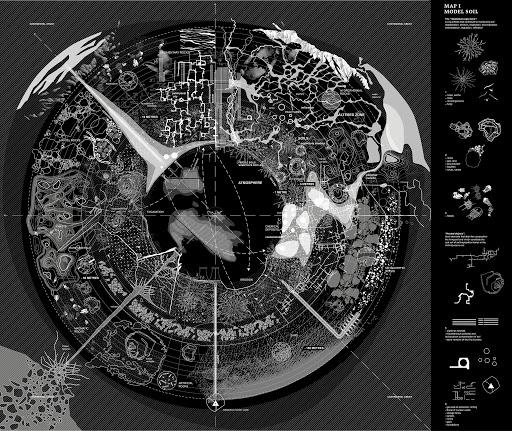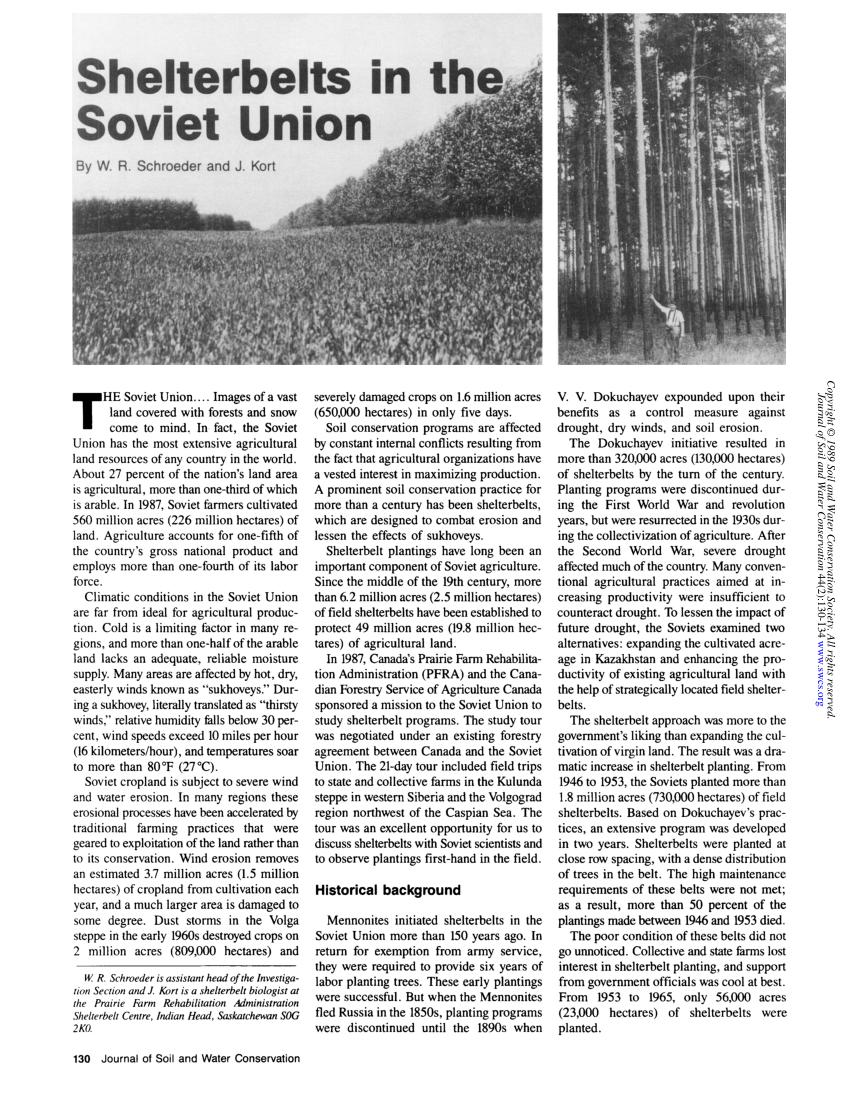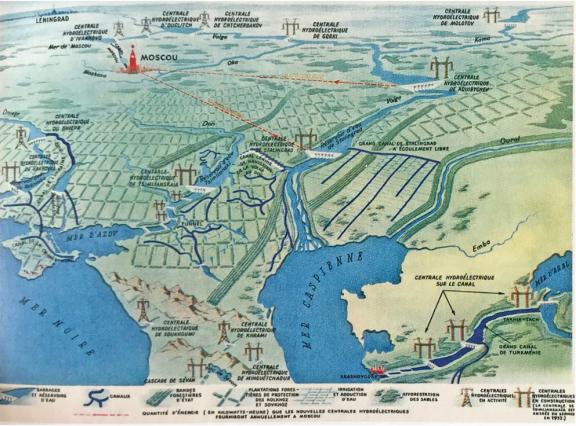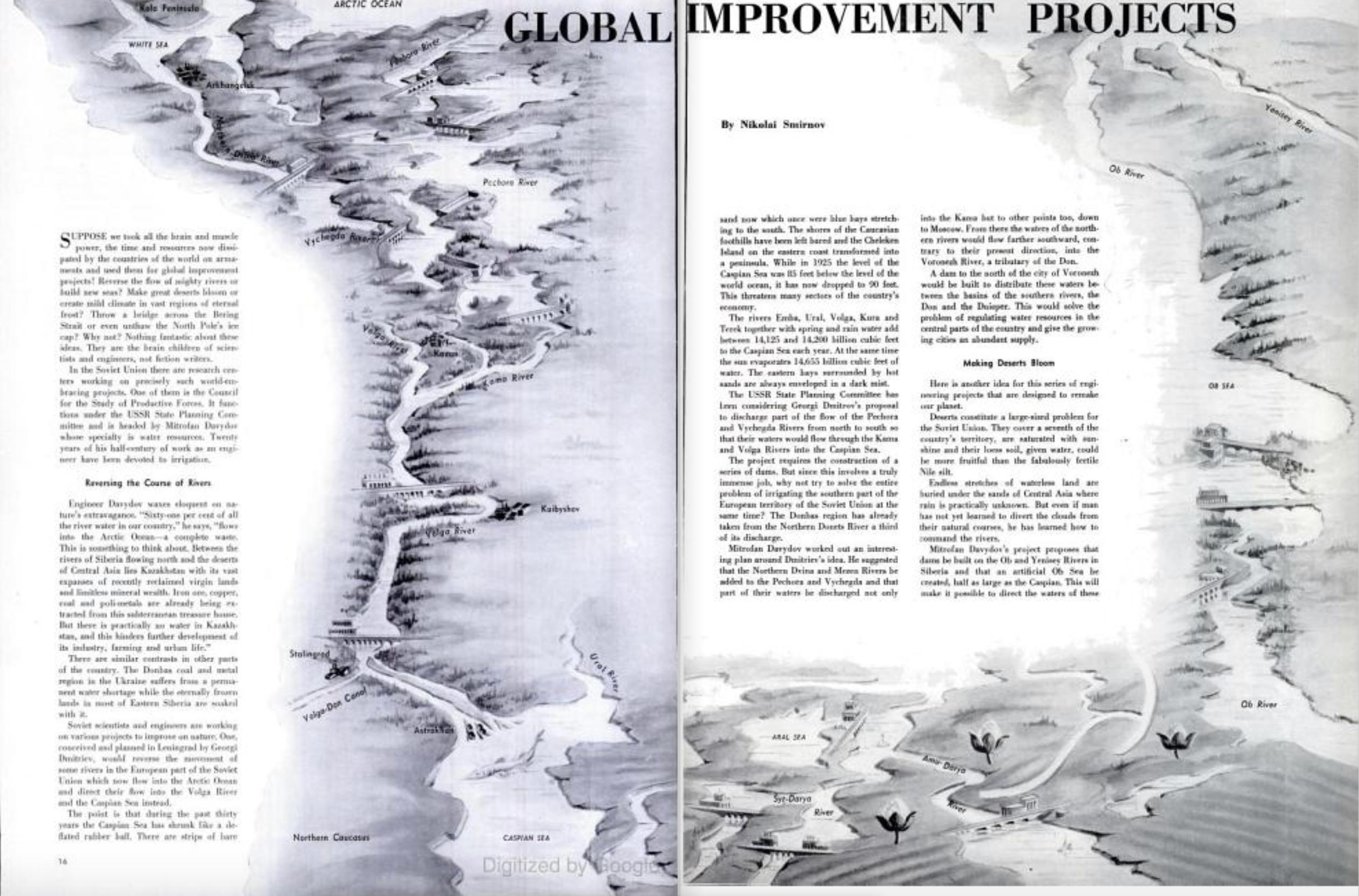
3 minute read
Russian Avant-Garde
Exhibition on ‘The History of the Civil War’, Leningrad Museum of Revolution, 1930
Proletkult and a revolutionary impulse in arts, museology and theatre design
Advertisement
The position of the ‘proletkult’ (short for ‘proletarian culture’) came close to the radical position of a Malevich. Proletkult was a broad movement of unprofessional poets, writers, theatrical activists, film directors, and artists who tried to build a new proletarian culture through the negation of the art of previous epochs, in a practical attempt to destroy the museum as a castle of enemy-class culture. The intellectual leader of proletkult was Alexander Bogdanov, who started as a professional revolutionary and close collaborator of Lenin but was later forced from political activity and started working as a scholar and a cultural organizer. Thanks to Bogdanov, proletkult was influenced by the ideas of Russian cosmism, which resulted in a series of narratives of Communist space exploration written by selftaught poets.
Alexander Bogdanov vision of the post-revolutionary Russian Museum in his science fiction book ‘Red Star’, 1908: ‘I imagined there would be no museums in a developed communist society,’ exclaims Bogdanov’s astonished protagonist upon finding that the institution has survived on Mars, home to a highly advanced Communist civilization. ‘I must say I never even imagined that you might have special museums for works of art’, I said to Enno on our way to the museum. ‘I thought that sculpture and picture galleries were peculiar to capitalism, with its ostentatious luxury and crass ambition to hoard treasures. I assumed that in a socialist order art would be found disseminated throughout society so as to enrich life everywhere.’

Alexander Khvostenko-Khvostov, scene design for the ‘waterless flood’ in act 1 of Mayakovsky’s Mystery-Bouffe. This production, directed by Grigory Avlov at the Kharkov Heroic Theatre (1921), was one of over a dozen that followed in the immediate wake of Meyerhold and Bebutov’s May 1921 staging at Theatre RSFSR 1. Cardboard, pencil, gouache, collage, 58 × 78.2 cm
Mystery-Bouffe set design, Alexander Khvostenko-Khvostov 1921
This design for the opening of Mystery-Bouffe depicts a half globe topped by the North Pole. International survivors of the “waterless flood” of Revolution slowly make their way onto it. Moscow and Kharkov are marked on the globe, a reference to a different waterless flood, a theatrical one: this was one of many productions of the play that opened in the immediate wake of Meyerhold’s. Behind the globe, shards of bold color pierce the sky, at once recalling the Northern Lights and light refracted through a rainbow prism.
At its foundantion lies the historical avant-garde’s destructive impulse towards any attempt to preserve the past. Kazemir Malevich expounded this idea, writing in 1919: ‘Contemporary life has invented crematoria for the dead, but each dead man is more alive than a weakly painted portrait. In burning a corpse we obtain one gram of powder: accordingly, thousands of graveyardcoulds be accommodated on one chemist’s shelf.’

Frédérique Aït-Touati, Alexandra Arènes & Axelle Grégoire, Soil Map drawing
Through a thought experiment, the map visualizes a reversed globe: what was external, the atmosphere, is now at the center, suddenly confined in a closed, reduced, and narrow space; and what was the deepest strata is now arranged in concentric circles that move outwards toward the edges of the map. In this way, the entire map focuses on the Critical Zone, i.e., the thin layer around the Earth where water, soil, subsoil, and the living world interact, and where human and nonhuman life and the resources that sustain it are concentrated.

A HISTORY OF MEGAPROJECTS
1/5 of Russian territory
Russian Arctic-Siberia
every Russian's identity is linked to the Arctic industrialization of the North despite unforgiving weather conditions
2/3 of labour in the Arctic was forced
industrial plants and railways fell into disrepair with the collapse of the Soviet Union
Putin's revival of Russia's Arctic dream
Strategic energy battleground oil and gas reserves
military bases
ports along the Northern Sea Route
oil prices currently too low to convince shipping companies to invest
what is their point?


Stalin’s Great Plan for the Transformation of Nature (1948-1953) Khrushchev’s Virgin Lands Campaign (1954-1965)











